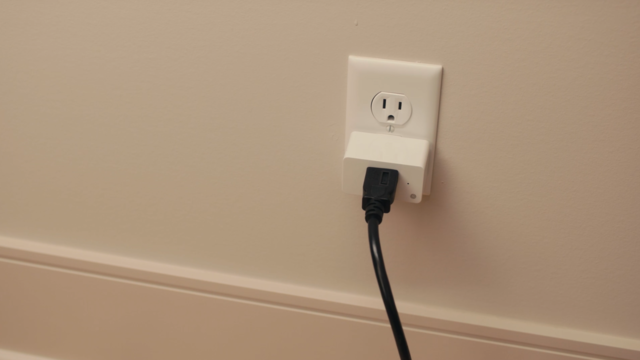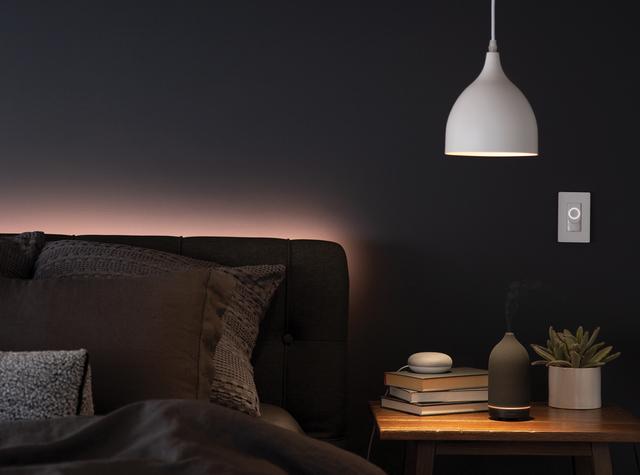Last updated on 9 February, 2024
Twice a year, we ask ourselves: How can I adjust to the time change? Yes, it can be hard getting used to the longer nights after daylight saving time ends. But let’s focus on the positive. If you’re reading this in fall, we get that extra hour! And if you’re tuning in in spring, there are longer days ahead.
Follow these tips for squeezing in self-care, and check out other helpful ways you can learn how to prepare for to adjust to daylight saving time:
What is daylight saving time?
Daylight saving time is the practice of setting clocks one hour earlier in the spring, and one hour later in the fall. The main goal is to make better use of daylight, and many studies have proposed that these measures can also help to conserve energy, which we’re all for. Here’s a fun fact your friends are sure to love: Not everyone in the United States observes daylight saving time! Hawaii and Alaska have opted out of the practice and so have other regions around the world.
Generally speaking though, in the U.S., daylight saving time begins on the second Sunday in March at 2:00 a.m. local time. This is when we “spring forward” and the clocks are advanced an hour. This change effectively shifts an hour of daylight from the morning to the evening—and it means that we “lose” an hour of sleep. (Womp womp.) Daylight saving time then ends on the first Sunday in November, again at 2:00 a.m., when clocks are set back by one hour to return to standard time, which gives us an “extra” hour of sleep.
How long does it take our bodies to adjust to daylight saving time?
Adjusting to daylight saving time is a different experience for every person. Usually, it takes our bodies about a week to fully get used to the time change. That’s because the shift in time disrupts our usual circadian rhythm—the internal clock that regulates our sleep-wake cycle. Messing with your circadian rhythm can contribute to feeling groggy, tired, and sometimes it can even lead to difficulties in concentrating.
During this strange adjustment period, it's important to keep a consistent schedule, to try to absorb as much natural daylight in the morning as possible, and to avoid over-stimulation close to bedtime. (No more post-dinner espressos!) Gradually, as our bodies start to synchronize with the new time, these symptoms usually go away on their own, and our normal routines take back their rightful places. However, some people may experience lingering effects for a bit longer, especially if they have underlying sleep disorders or other health conditions. And because kids tend to have more regimented routines, they can also be more sensitive to these disruptions. (We’re sure many of the parents out there can attest to this.)
How can I prepare for daylight saving time?
There are some easy ways to prepare for this change and to make it as seamless as possible. Here are our favorites:
Start going to bed earlier
Getting to bed early could be just what the doctor ordered. Studies show catching a few extra winks has some added benefits, from fighting fatigue to boosting your immune system. So while it can be tempting to stay up late and fight your yawns, try going to bed just 30 minutes earlier.
Get some sun
If falling back will make you miss the golden hour, our sunlight light bulbs are here to help. They’re designed to mimic natural daylight, so you can still wring a sunny glow out of those notoriously dark days. Plus, they may help you maintain your circadian rhythm. After you’ve adjusted to the time change, you can install it in your living room or home office for everyday shine.
Screen a film
Embrace the lack of light with an evening viewing. Snuggle in with your tried-and-true comfort flick or sit through a new creature feature to extend the spooky spirit. Pair with a glass of your favorite drink and some popcorn for the ultimate cinematic experience.
Set the clocks the night before
You’re dealing with enough changes as it is—save yourself some trouble by adjusting your clocks the night before. That way, when you wake up, you don’t have to do the mental math to find out if your oven is telling you the right time. At this point, most smartphones automatically adjust at 2:00 a.m., so you can use that as your guide as you move around your house resetting to the correct time. And don’t forget about that car dashboard clock!
Boost your energy and mood with exercise
If your sleep schedule feels seriously out of whack, try adding in some exercise. The resulting endorphins can help boost your mood, which is especially helpful when the days are shorter and can inspire some serious “blahs.” Plus, all that physical activity can be a great way to tire yourself out—and thus, help you fall asleep easier. You don’t have to break a major sweat, either. Even a walk around your block—ideally in the daytime, when you can soak up some natural light—can do wonders.
Eat healthily
Your body will be dealing with this pretty big change twice a year. So to show more care for it, you might want to try eating even more healthily than normal. Vitamins and nutrients from extra fruits and vegetables can help boost your immune system and your body’s other functions. Hey—you might just come out of this time change feeling better than ever!
We hope you make the most of those 60 extra minutes. Or if you’re reading this in the spring, have faith that warmer weather and longer days are coming. And remember, all year round we’ll be here to help light up your day! Keep us updated with your progress on social media by tagging us @GELighting.






